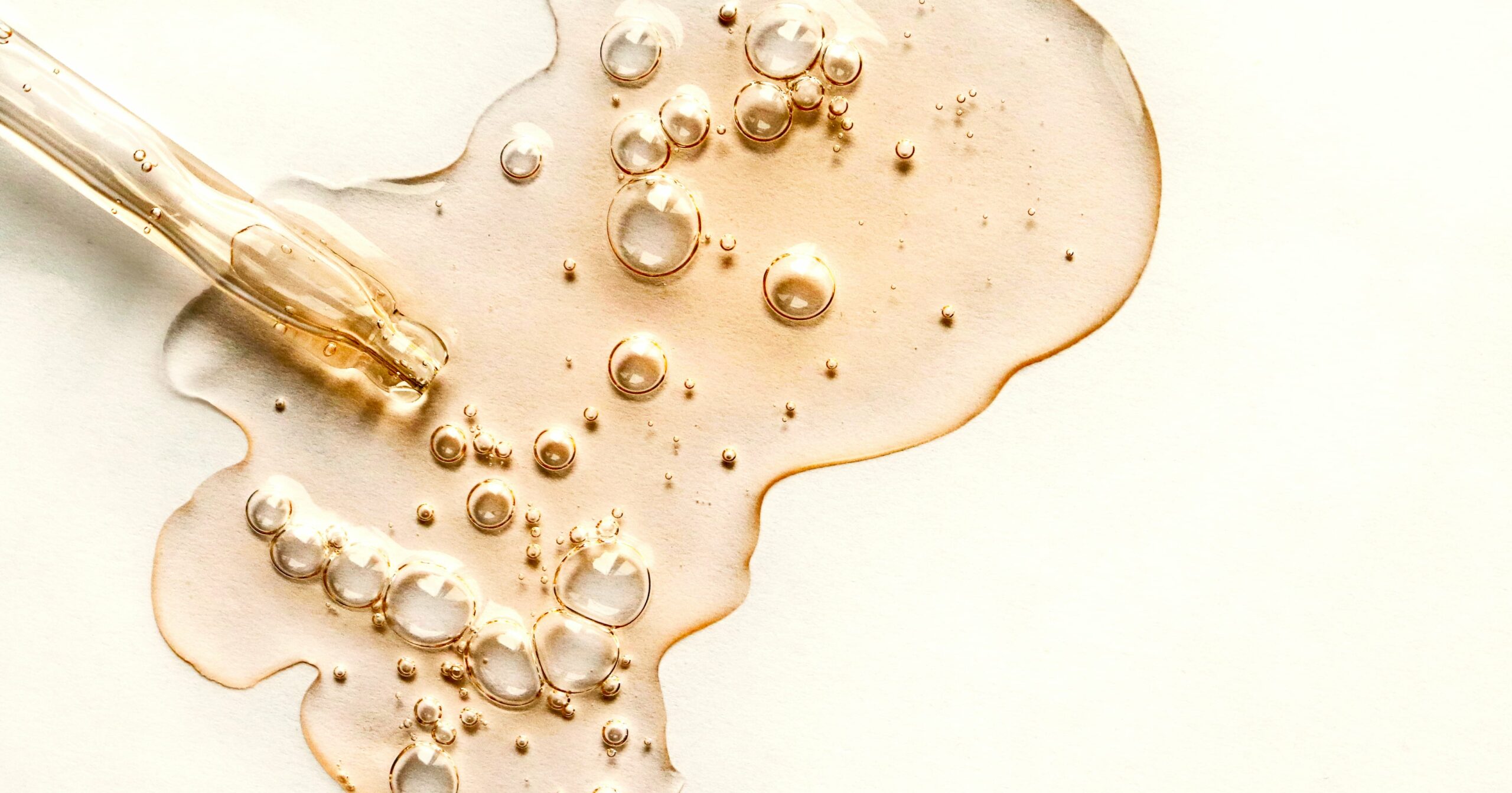If you’re a skin-care fanatic who spends hours on #skintok, you may have already come across tartaric acid, a trendy skin-care ingredient making its way into many new formulations. If you haven’t heard of it and your skin-care knowledge is limited to basics like hyaluronic acid, peptides, and vitamin C, don’t worry.
“Tartaric acid is an alpha hydroxy acid (AHA), a naturally occurring dicarboxylic acid,” dermatologist Jodi LoGerfo, DNP, APRN, FNP-C, tells POPSUGAR. It is naturally found in fruits rich in antioxidants, such as grapes, tamarinds, bananas, and more. “You can use tartaric acid to address fine lines and wrinkles, hyperpigmentation, acne, and uneven skin tone and texture,” Dr. LoGerfo says. It also offers skin softening and brightening benefits while aiding in improving the appearance of blemish-prone skin.
There are a lot of benefits to using tartaric acid, but you need to be wary if you’ve never used it before. Ahead, we break down everything you need to know about the ingredient with help from Dr. LoGerfo and a cosmetic chemist. Learn about its benefits for the skin, ingredients it shouldn’t be mixed with, and most importantly, how to use it.
What Is Tartaric Acid?
Tartaric Acid belongs to a skin-friendly family of molecules known as alpha hydroxy acids (AHAs). “Like other well-known AHAs, such as glycolic and lactic acids, tartaric acid is a natural, non-toxic, and relatively gentle exfoliant used in skin-care products applied at home or by a skin-care professional,” says registered pharmacist and cosmetic chemist Benjamin Knight Fuchs.
Tartaric Acid Benefits
Tartaric acid possesses similar antioxidant and exfoliation properties to other AHAs, and is commonly used in skin-care products such as creams, serums, and masks. According to Dr. LoGerfo, tartaric acid’s exfoliating qualities aid in increasing cell turnover, thereby enhancing skin tone, texture, and color. Additionally, it can facilitate the penetration of other skin-care products into the skin.
Over time, consistent use may help improve the appearance of fine lines, wrinkles, and other signs of skin aging. “The anti-aging effects of tartaric acid stem from its antioxidant properties, which help shield the skin from free radical damage,” says Dr. LoGerfo. Moreover, she explains that tartaric acid can stimulate skin cell renewal, potentially offering long-term cosmetic benefits such as improvements in skin laxity and elasticity, as well as reductions in fine lines and wrinkles. Tartaric acid may also exhibit photoprotective and anti-inflammatory effects on the skin.
How to Use Tartaric Acid
According to Fuchs, “Tartaric acid is best used in exfoliating toners and cleansers.” He explains that topical creams, lotions, and gels also serve as effective delivery systems for the ingredient, although the exfoliating benefits may not be as significant as when used in toners and cleansers. Tartaric acid can also be used by skin-care professionals as part of more potent exfoliating solutions and procedures.
Side Effects of Tartaric Acid
Generally, tartaric acid is considered gentle and suitable for most skin types when used topically. “If you have sensitive skin, you may want to use it less frequently or perform a patch test on a small area of your skin before applying it to a larger area to ensure you don’t experience excessive irritation,” says Dr. LoGerfo. Some possible side effects include burning, redness, and dryness.
As with most active ingredients, sun protection must be worn every day. If you are experiencing a possible allergic reaction or are unsure, we recommend seeking the advice of your skin-care provider.
Ingredients That Shouldn’t Be Mixed With Tartaric Acid
Tartaric acid reactions are unlikely, although patients with sensitive skin should use it carefully. “Using tartaric acid with exfoliating agents including scrubs, other hydroxy acids, or retinoids can increase the likelihood of mild irritation or inflammatory reactions,” says Fuchs.
It’s important to exercise caution when combining different AHAs, as it can increase the potential for irritation or sensitivity. “Mixing with vitamin C or retinoids could also increase inflammation,” says Dr. LoGerfo.
Remember, all products have the potential to cause irritation in those who are sensitive. “You should also avoid tartaric acid if you have any active acne breakouts, skin infections, psoriasis, eczema with oozing or crusting, herpes infection, or any other skin condition causing your skin to be broken or tender,” she says. As always, when in doubt, ask a professional.




